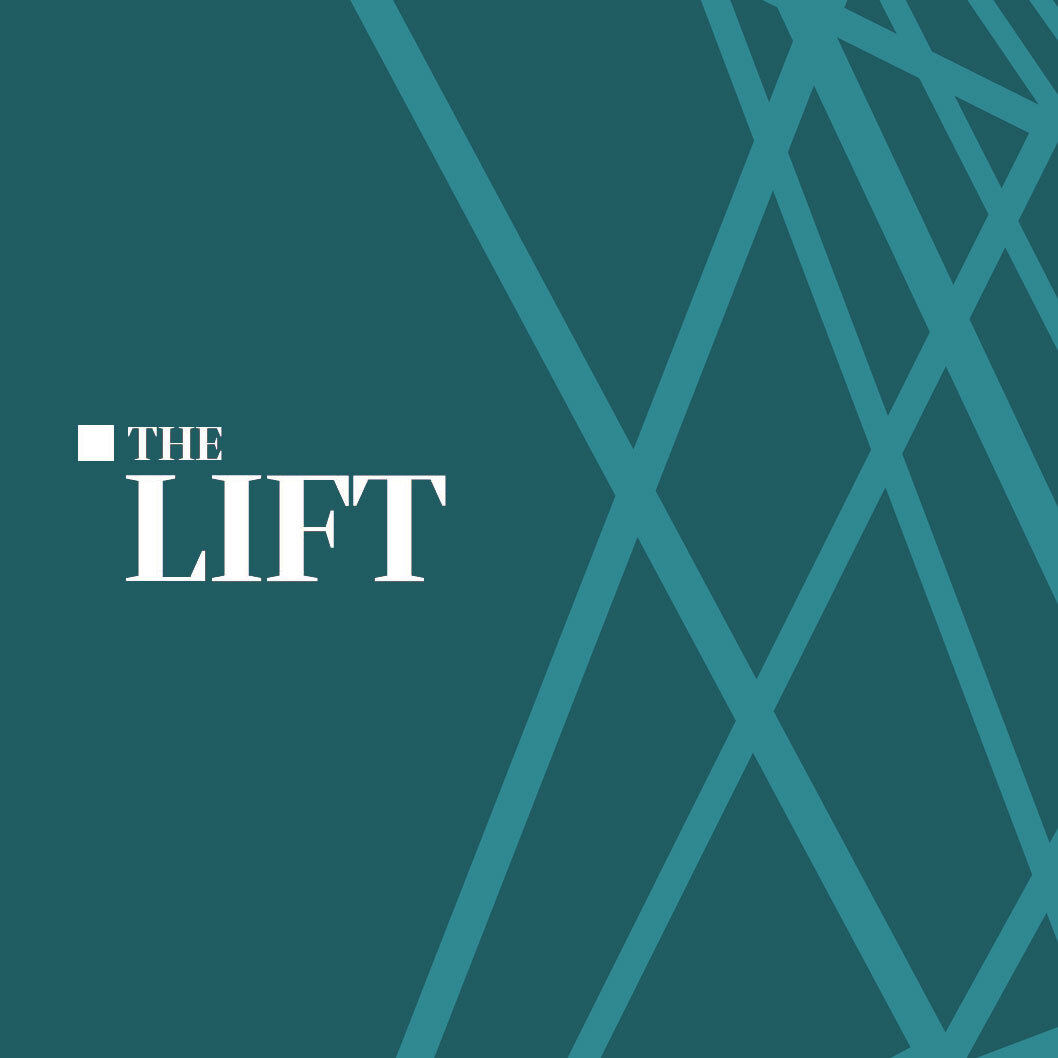This blog was going to be about something else. In fact, the focus has morphed three times since the original idea came to me, and I started typing this opening paragraph.
This post was going to be about the value of spending “in-person time” with professional colleagues who work 100-percent remotely, which has long been the case for our Culture Foundry crew and has become more commonplace in the post-pandemic, partially hybrid, work environments we’re now navigating.
Then it was going to be about the key takeaways from a Myers-Briggs-based, workstyle-focused, team-building exercise we’d planned for an in-person staff meeting full of, as it turns out, introverts, who are not naturally wired to relish in-person, team building exercises.
And now, well, let me type a few lines and see how far I get before the unexpected happens, and the focus changes again. To start, let’s begin at the (original) beginning…
Earlier this month, we scheduled an all-hands team meeting in Austin, Texas, where three of our full-time staffers currently live and work remotely. Our two, full days of team meetings—designed to include business strategy conversations, active project breakouts, annual employee reviews, and that much touted, team-building exercise—were to follow a two-day Wayfinding Workshop scheduled with our client partners at the LBJ and Clinton Presidential Libraries. We are working with those teams on some important updates to the functionality of their respective digital archives. (More to come on that experience in a future post.)
That’s what we planned. And then, as happens all too often now in Texas in February, The Ice Storm Cometh…
As the weekend before our week in Austin approached, the weather forecast turned from “partly cloudy with highs in the 50s,” to a solid chance of freezing rain, sleet, and temperatures cold enough to turn wet overpasses into skating rinks. And that’s what happened.
By Tuesday, precipitation started, freezing temperatures followed, and as parking lots, tree branches, and power lines iced over, the business closures began, first preemptively and then out of necessity, due to citywide power outages.
We opened our super-packed week by canceling almost everything we’d planned for it, including client meetings, dinners and happy hours, and travel arrangements for Culture Foundry staffers who’d yet to join three early arrivals encamped at a hotel not far from my home in East Austin.
Each morning, as we waited for power grids to come back online, we’d roll our two-day Wayfinding Workshop forward another day, retooling and tightening the agenda. We postponed our in-person team meetings, but kept working and meeting via Zoom on client deliverables with upcoming due dates. We condensed. We consolidated. We improvised. We accepted the delays, shook off the disappointments, and rolled with the punches.
One of my coworkers likened the experience to the 1993 movie Groundhog Day, and we did our best to wake up, rinse, and repeat, while keeping a Bill Murray-style sense of humor about it all. In the end, we were able to pack a two-day Wayfinding Workshop with the Library archivists into a highly focused, eight-hour listening and solutions-finding session. Everyone who participated in person and via Zoom was engaged and activated, and everyone got what they needed. Our time in Austin was successful. Our clients complimented us on our adaptability and esprit de corps. And our week provided ample bonding time for the six of us who were frozen in Austin.
All of this got me thinking about agility, which is a word we use a lot in website design and development, and it’s an iterative approach to software creation and project management that we encourage our clients to embrace. In fact, it’s so much a part of the “digital experience” business culture, it’s often capitalized, as in “Agile.”
A Google search will provide you with lots of definitions for the Agile Philosophy, what it means, and who and what it impacts. To zero in on a common understanding of what Agile means in Culture Foundry’s world, let’s start with the “Agile manifesto” you can find on the website for Atlassian, a project management and information-sharing software tool our team uses daily:
“Agile is an iterative approach to project management and software development that helps teams deliver value to their customers faster and with fewer headaches. Instead of betting everything on a “big bang” launch, an agile team delivers work in small, but consumable, increments. Requirements, plans, and results are evaluated continuously so teams have a natural mechanism for responding to change quickly.”
– Agile Manifesto | Atlassian.com
A more broad-based definition, applying to almost any business case, was provided by the Agile Alliance.
“Agile is the ability to create and respond to change. It is a way of dealing with, and ultimately succeeding in, an uncertain and turbulent environment…
“It’s really about thinking through how you can understand what’s going on in the environment that you’re in today, identify what uncertainty you’re facing, and figure out how you can adapt to that as you go along.”
– What is Agile | AgileAlliance.org
The Agile approach includes four Core Values:
- Customer Collaboration
- Team Collaboration
- Frequent Value Delivery
- Adaptive to Changes
As we approach it, Agile is a mindset, and there are many methodologies you can follow to achieve and maintain that mindset to create products, services, and solutions that help your customers succeed at whatever professional or personal goal they’re pursuing. The point is to be flexible, open to feedback—whatever the source—and to quickly respond to changes that will move the process or project forward.
In project management, small steps forward, taken at a regular cadence, produce as much progress over time as big deliverables fixed to hard due dates. Project curveballs, whether they be technical, financial, or managerial, are easier to mitigate when you face them and their potential impact in real time. And with an Agile approach, you can measure and tweak your work and your decisions as you go, to ensure what you’re building or enhancing will deliver value to the end user and ROI to the investor.
Whether you’re building a web application or choreographing a ballet, there’s a way to incorporate an Agile mindset into your individual and team work style, and you may be surprised to see how that approach influences other aspects of your professional and personal life.
Like when the kind of winter storm that doesn’t impact southern states does just that, paralyzes a modern city for three days, and causes you to unravel and reweave a month’s worth of painstaking planning…while working in person, remotely, from a hotel, without power, as the source material for your monthly blog post changes faster than the weather forecast. Then an Agile approach isn’t just a mindset. It’s a lifesaver.
Want to learn more about Agile philosophies and methodologies? Here are some shortcuts:
Manifesto for Agile Software Development
The Agile Coach / What is Agile? – Atlassian
Agile 101 – Agile Alliance
“Embracing Agile,” Harvard Business Review (May 2016)

